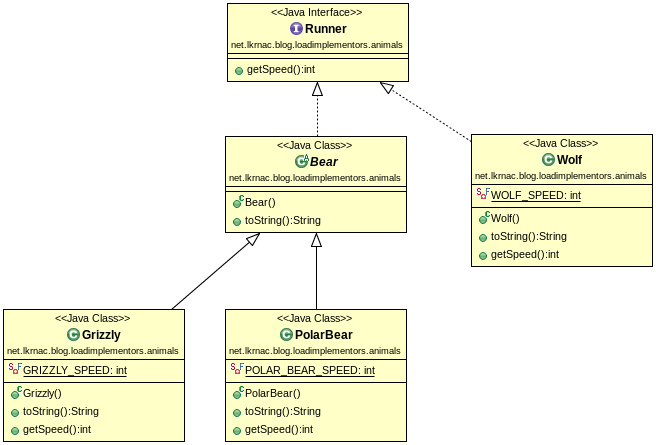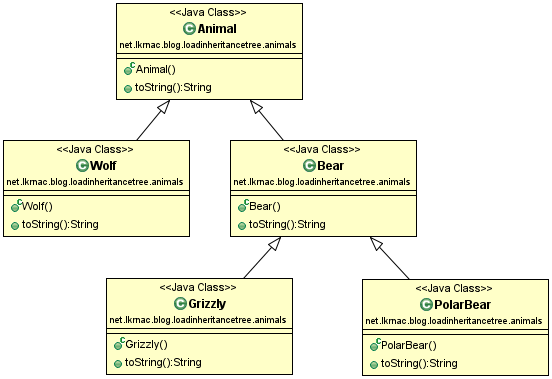I recently saw Mike Wienser’s SpringOne2GX talk about Application Security Pitfalls. It is very informative and worth watching if you are using Spring’s stack on servlet container.
It reminded me one serious Spring Security Misconfiguration I was facing once. Going to explain it on Spring’s Guide Project called Securing a Web Application. This project uses Spring Boot, Spring Integration and Spring MVC.
Project uses these views:
@Configuration
public class MvcConfig extends WebMvcConfigurerAdapter {
@Override
public void addViewControllers(ViewControllerRegistry registry) {
registry.addViewController("/home").setViewName("home");
registry.addViewController("/").setViewName("home");
registry.addViewController("/hello").setViewName("hello");
registry.addViewController("/login").setViewName("login");
}
}Where “/home”, “/” and “/login” URLs should be publicly accessible and “/hello” should be accessible only to authenticated user. Here is original Spring Security configuration from Guide:
@Configuration
@EnableWebMvcSecurity
public class WebSecurityConfig extends WebSecurityConfigurerAdapter {
@Override
protected void configure(HttpSecurity http) throws Exception {
http
.authorizeRequests()
.antMatchers("/", "/home").permitAll()
.anyRequest().authenticated();
http
.formLogin()
.loginPage("/login")
.permitAll()
.and()
.logout()
.permitAll();
}
@Override
protected void configure(AuthenticationManagerBuilder auth) throws Exception {
auth
.inMemoryAuthentication()
.withUser("user").password("password").roles("USER");
}
}Nice and explanatory as all Spring’s Guides are. First “configure” method registers “/” and “home” as public and specifies that everything else should be authenticated. It also registers login URL. Second “configure” method specifies authentication method for role “USER”. Of course you don’t want to use it like this in production :).
Now I am going to slightly amend this code.
@Override
protected void configure(HttpSecurity http) throws Exception {
//!!! Don't use this example !!!
http
.authorizeRequests()
.antMatchers("/hello").hasRole("USER");
//... same as above ...
}Everything is public and private endpoints have to be listed. You can see that my amended code have the same behavior as original. In fact it saved one line of code.
But there is serious problem with this. What if my I need to introduce new private endpoint? Let’s say I am not aware of the fact that it needs to be registered in Spring Security configuration. My new endpoint would be public. Such misconfiguration is really hard to catch and can lead to unwanted exposure of URLs.
So conclusion is: Always authenticate all endpoints by default.


